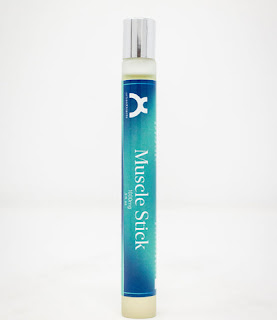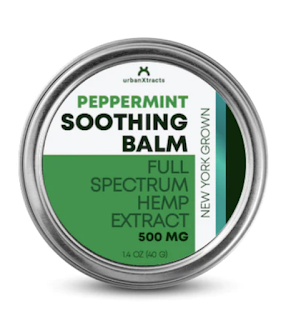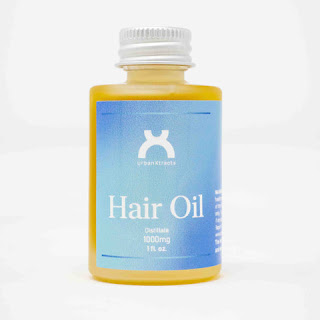What Is CBD Activated Charcoal Soap, Exactly?
High-temperature processing of carbon-rich materials like bamboo, coal, or coconut shells results in the production of Charcoal Soap, which is a very fine, dark, black powder. Its structure is altered by the high heat treatment, which also generates a sizable sponge-like surface area, giving it the remarkable absorbing power. It can even be used for some types of poisoning or drug overdoses. It can be taken internally to absorb toxins and flush them from your body. Additionally, skin care products that are used externally use CBD Activated Charcoal Soap. All skin types can use it, but those with oily or acne-prone skin will find it particularly nice. (Important note: Don't crush up a briquette and put it in your soap; CBD Activated Charcoal Soap is different from the charcoal you use for grilling and outdoor barbecues.)
How Much Charcoal Is Cold Process Soap Infused?
Aside from its possible skin advantages, CBD Activated Charcoal Soap also adds aesthetic appeal to soap, depending on the amount used converting it from gray to black. I decided to mix up some test batches and make this helpful table to use as a reference because I've received several inquiries over the years regarding how much Charcoal Soap to use in cold process soap. Remember that your results may vary significantly depending on the recipe you use and the brand of charcoal you use. 56% olive oil, 25% coconut oil, 13% shea butter, 6% castor oil, 5% superfat, and a water to lye ratio of 2:1 were used to make these samples. Bramble Berry was the brand of Charcoal Soap used. The hue can also change depending on whether your soaps go through a gel phase or not. Typically, the gel phase intensifies and darkens natural colorants. (These sample soaps were not subjected to the gel phase.)
How Does Ppo Work?
Per Pound of Oils in a Recipe is referred to as PPO.
A pound of oil weighs 16 ounces (weight, not volume), or 454 grams.
As a result, if you want to utilize charcoal, you would need to add 1/2 teaspoon for every 16 ounces (454 grams) of the recipe.
Use 1/2 teaspoon of charcoal if the recipe calls for 16 ounces of oil.
There should be 1 teaspoon of charcoal used if the recipe calls for 32 ounces of oil.
The majority of my recipes call for 28 ounces of oil (1 3/4 pounds), so you have two options: round up and calculate as if there are 2 pounds of oil (resulting in a somewhat darker soap), or perform the math to determine how many teaspoons are required for each 4 ounces of oil.
Following is a breakdown of 1/2 teaspoon per pound (16 ounces) of oil:
8 ounces of oil and a quarter teaspoon
4 ounces of oil and 1/8 teaspoon
With that knowledge, you may calculate that the 28 ounces of oil recipe would require 7/8 teaspoon of charcoal to produce the same amount of PPO as 1/2 teaspoon.
How Soon After Soaping Do I Add Charcoal?
If you're producing solid colored soap, simply add the Charcoal to your warmed oils and combine with an immersion blender shortly before adding the lye solution that has been allowed to cool. Instead, some soapers like to add Charcoal Soap batter during emulsification or when it reaches a very light trace, then completely blend it in with a stick blender. You can combine the charcoal with a little amount of the recipe's oil and then incorporate it into some of the soap batter if you're making a charcoal swirl inside a bar of soap that is a different color. Alternately, I usually combine the charcoal with a little glycerin to make a smooth paste, which I then stir into the portion of soap batter that will be swirled in.
Does It Matter If The Soap Has A Gray Lather?
The majority of people don't mind that Charcoal Soap frequently produces a gray lather, especially if you inform them up front that this is normal for the soap. Use less CBD Activated Charcoal Soap for a lighter-colored soap and lather if gray lather bothers you. On your soap dish and washcloths, black Charcoal Soap may create dark stains. You may always cut the amount of charcoal in the mix to lessen the likelihood that this will happen, but these should wash off and shouldn't leave stains.
Does Charcoal Soften The Soap You Use?
Some soap manufacturers believe that adding Charcoal Soap causes it to become softer and takes longer to harden in the mold.
Try lowering the amount of water in your recipe if this occurs to you.
If you typically use all of the water, try switching to a 2:1 water to lye ratio.
Accordingly, you would need to use twice as much water as lye. Use 8 ounces of water instead of the 4 ounces of lye specified in your recipe.
To harden soap, you can also add sodium lactate to the lye solution once it has cooled down at a rate of 1 teaspoon PPO (per pound of oil in the recipe).
Using Charcoal To Clean Up
Charcoal work is messy work! The tiny powder spreads readily on dry surfaces and your hands and seems to get everywhere. To make cleanup time easier, try these suggestions:
To catch any charcoal splatters and spills, place a sheet of wax paper or a piece of paper under the area you are working on.
After using the measuring spoon, first use a dry paper towel to remove any remaining charcoal before washing it with soap and warm water. As a result, the charcoal won't adhere to the spoon.
All dishes and equipment containing charcoal should be properly washed using dish soap, warm water, and soaking.
Charcoal can typically be removed from hands using soap and water, but if any remains, try massaging coconut oil or a thick hand cream into the skin before washing your hands once more.




Comments
Post a Comment